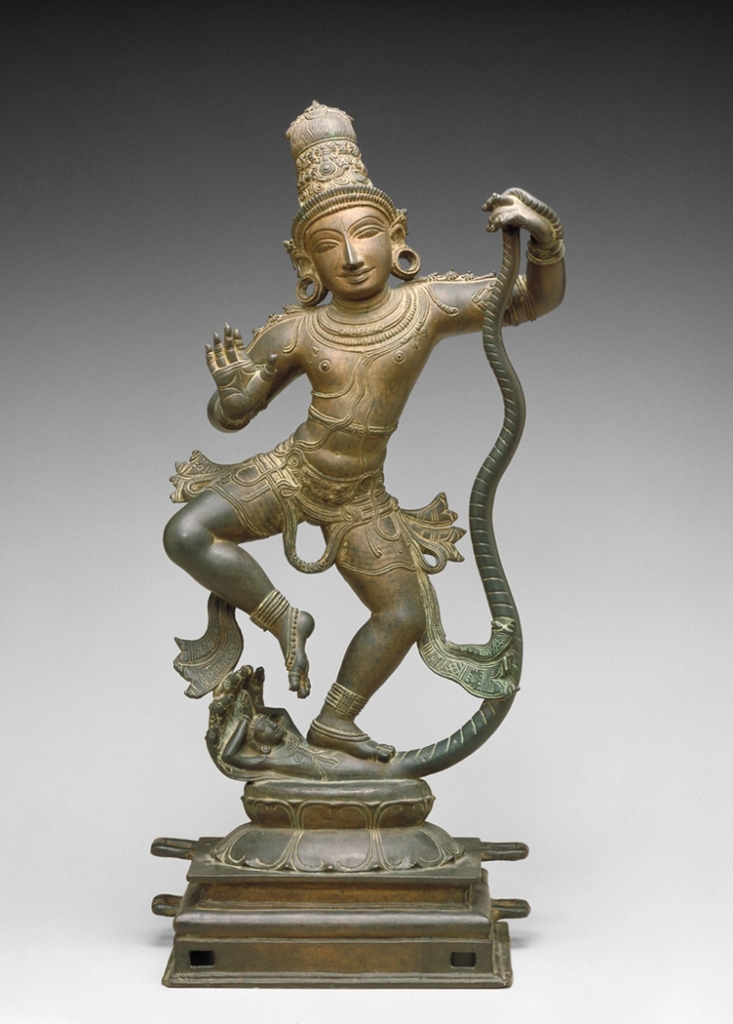This is a sculpture of Shiva manifesting as Natarāja aka “Lord of the Dance”. Its from the 12th century from Southern India. Shiva is a very important deity in Hinduism, and is often depicted as dancing. Such a bad ass!
This weekend, I visited the new “Beyond Bollywood” exhibition at the Asian Art Museum, and have been thinking about the power of dance in human society throughout the ages. The exhibit focuses on how dance manifests in different Asian cultures, from India to Thailand, Cambodia and Indonesia.
I am almost completely ignorant of this aspect of “sacred dance.” But I vibed heavily with this idea of dance as triumph and victory — dance as celebration. That’s what a happy dance is all about, after all. You are overcome with feelings of joy and you just have to dance!
In particular, I was struck by how much of the art shows in the exhibition depicted the dancer a triumphing over something. Often the figure is shown standing upon some enemy that they had defeated, sometimes a demon or a snake or a combatant.

I have long had an issue with dance as combat. There are many dance styles that I admire that have this aspect of battle and fighting — krump and b-boying come to mind. While I can vibe with that energy, I have always felt that very masculine, aggressive, combative stance was not really me.
But this aspect of dance as triumph over something I need to reconsider, after visiting “Beyond Bollywood.” In all of the artwork, the defeated enemy is not primarily external, not a person or a nation. In this sculpture, the defeated enemy is described by various sources as ignorance or sloth.

I love this idea of dance as a triumph over that which holds us back. We stand upon them, and raise ourselves even higher.
In my dancing, I am triumphing over the forces of self-doubt, insecurity and fear of looking stupid.
